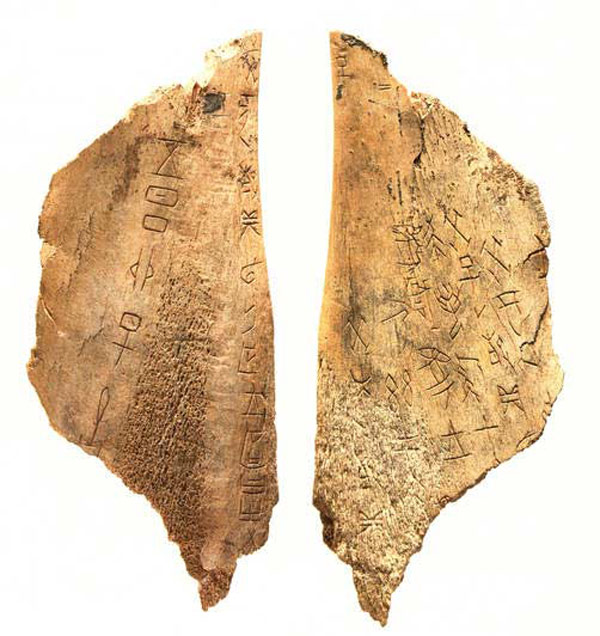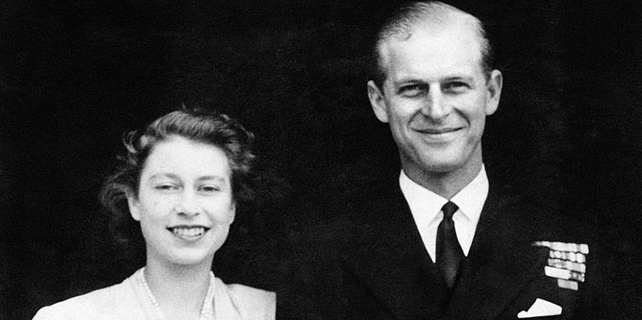British Library's oldest exhibit is a Chinese oracle bone
 |
|
Chinese oracle-bone inscription. [Photo/UNESCO] |
The British Library has unveiled its oldest artifact in an exhibition dedicated to the fictional Harry Potter, and the origins of "magic".
The Chinese oracle bones included in the display are more than 3,000 years old and were used in attempts to foretell the future.
The bones arrived at the British Library along with the Couling-Chalfant Collection, which was put together in China between 1903 and 1908 by two missionaries, Samuel Couling and Frank Chalfant. The pair, one British and the other from the United States, were working in Shandong province.
Questions about crops, the weather, battles, and the ruling family were engraved on the bones and heat was then applied with metal sticks. The heat caused the bones to crack and "diviners" interpreted the patterns of the fractures to determine the answer to the question posed.
One bone records a lunar eclipse that has been dated to Dec 27, 1192 BC. The darkness caused by an eclipse was thought to indicate that an ancestral spirit needed to be pacified.
Harry Potter: A History of Magic runs until Feb 28 in celebration of the 20th anniversary of the publication of Harry Potter and the Philosopher's Stone.
The exhibition comprises some of the British Library's greatest treasures, including a celestial globe from 1693, and items on loan from national and international institutions that include broomsticks, wands, and crystal balls.
The exhibition has been structured around subjects taught in the book's Hogwarts School of Witchcraft and Wizardry, including Charms, Herbology, Divination, Care of Magical Creatures, and Defense Against the Dark Arts.
Chinese oracle-bone inscriptions were recently included in the UNESCO Memory of the World Register.
Oracle-bone inscriptions are the earliest documental evidence found in China, with the oldest found so far excavated from Yin ruins in Anyang city, in Central China's Henan province. They provide records of divinations and prayers from people in the late Shang Dynasty (c.16th century-11th century BC).
Over time, oracle-bone inscriptions developed into modern-day Chinese characters, helping to show the continuous evolution of Chinese civilization. Oracle bones serve as important materials for the study of Chinese civilization and life in ancient China.
Contact the writer at wangmingjie@mail.chinadailyuk.com









